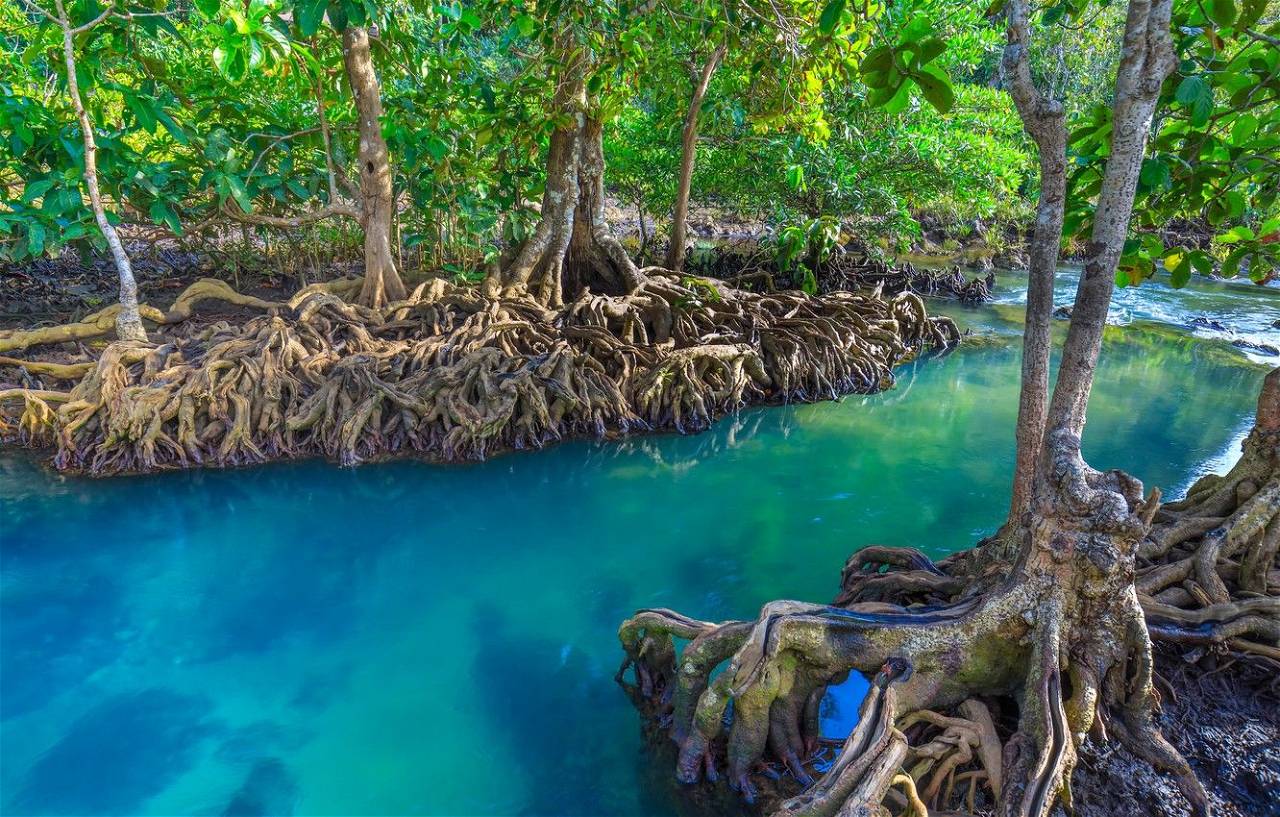
We love all kinds of trees, as each tree is unique in its own way. Some trees possess very special qualities and one such tree is Mangrove Tree. It is a shrub that grows in coastal saline or brackish water. Mangrove trees occur worldwide in the tropics and subtropics.
Facts about Mangrove Trees:
Here are 7 amazing facts about mangrove trees that show exactly why we should plant and protect these trees:
-
Mangrove trees are, in fact, the only species of tree in the world that are able to deal with the salt water. That’s why mangroves are generally found growing along coastlines. In order to live there, they need to be able to tolerate salt water. So this is the unique quality that mangroves possess.
-
Mangrove trees also acts as a natural storm barriers along coastlines. They put their roots deep down in the soil and so help prevent storm surges and lock in coastlines, preventing erosion.
-
As per the study conducted in 2016, mangrove trees are one of the best trees in the world for absorbing carbon dioxide, a greenhouse gas. Sadly, it’s believed that approximately 122 million tons of carbon was released due to mangrove losses around the globe.
-
Mangroves trees also provide shelter for many aquatic species. There are thousands of fish species that depends directly on mangroves around the world for habitat. Many people who live near coastlines rely on these mangroves for fishing.
-
There are 35 different species of mangrove tree around the world. The four most common ones are black mangroves, white mangroves, buttonwood mangroves and red mangroves. Depending on the species type, mangroves can grow to be small shrubs or 40-foot trees.
-
Dense roots of Mangroves inhibit the flow of tidal water and encourage the deposition of nutrient-rich sediments. But once lost, mangroves are very difficult to replant due to the shifts in the very sediments the roots helped keep in place.
-
Mangroves are considered as the most important ecosystems in the world. Taken together, they help keep the climate stable, coastlines safe, provide food for fish, birds, and humans alike, create vital habitat for various species.
According to some studies, mangrove forests are losing at a very faster rate due to climate change. And habitat loss is typically associated with a loss in terms of biodiversity too. Therefore, Restoration & Protection of Mangroves are the need of the hour to Protect & Save the Entire Marine Ecosystem.
















